Leander Reeve House
A HISTORY OF THE OLD STONE HOUSE
In the 1880's news of the fertile soil, excellent timberlands and rivers of the Midwest was sent to eastern United States and across the ocean to Norway, Sweden, Denmark, Germany, Holland, England and Ireland. Because of political upheaval, military service, religious persecution, poverty and restlessness, many people began looking for a new life. In 1833 white easterners and immigrants began pouring across the Mississippi River into Iowa. Land could be purchased for $1.25 an acre from the Government.
In April 1853, Leander Reeve came by train from Ashtabula County, Ohio, to the end of the line in Rockford, Illinois. He then traveled by stagecoach to the end of its route at Galena, Illinois. From then on he walked to Franklin County to find his brother, James, who was living with Mr. and Mrs. John Mayne in a log cabin which was located where the During farm in now, about½ mile west of the Stone House on the north side of the road. This was the first and only cabin in Franklin County at the time.
After doing some trapping, he took over the parcel of land where the Stone House sits from Allison Phelps, who had claimed it the previous year. He broke IO acres of this prairie sod east of the house. Prairie sod had thick matted interwoven roots two feet deep that hadn't been disturbed for 8,000 years. In Illinois sixteen years earlier, 1837, John Deere had invented a plow with a steel mould board that was needed to turn this sod. Strong oxen were better able to pull a plow than horses. Perhaps Leander had such a plow. Any provisions and supplies had to be gotten from Cedar Falls or Janesville by foot or by horse and wagon.
Leander then went back to Ohio and the following spring of 1854 he returned and built the Stone House. The stone surely came from Maynes Creek nearby. The walnut timbers in the cellar on which axe marks are still visible surely came from Maynes Grove. This house must have been elegant for this area as most others were log cabins.
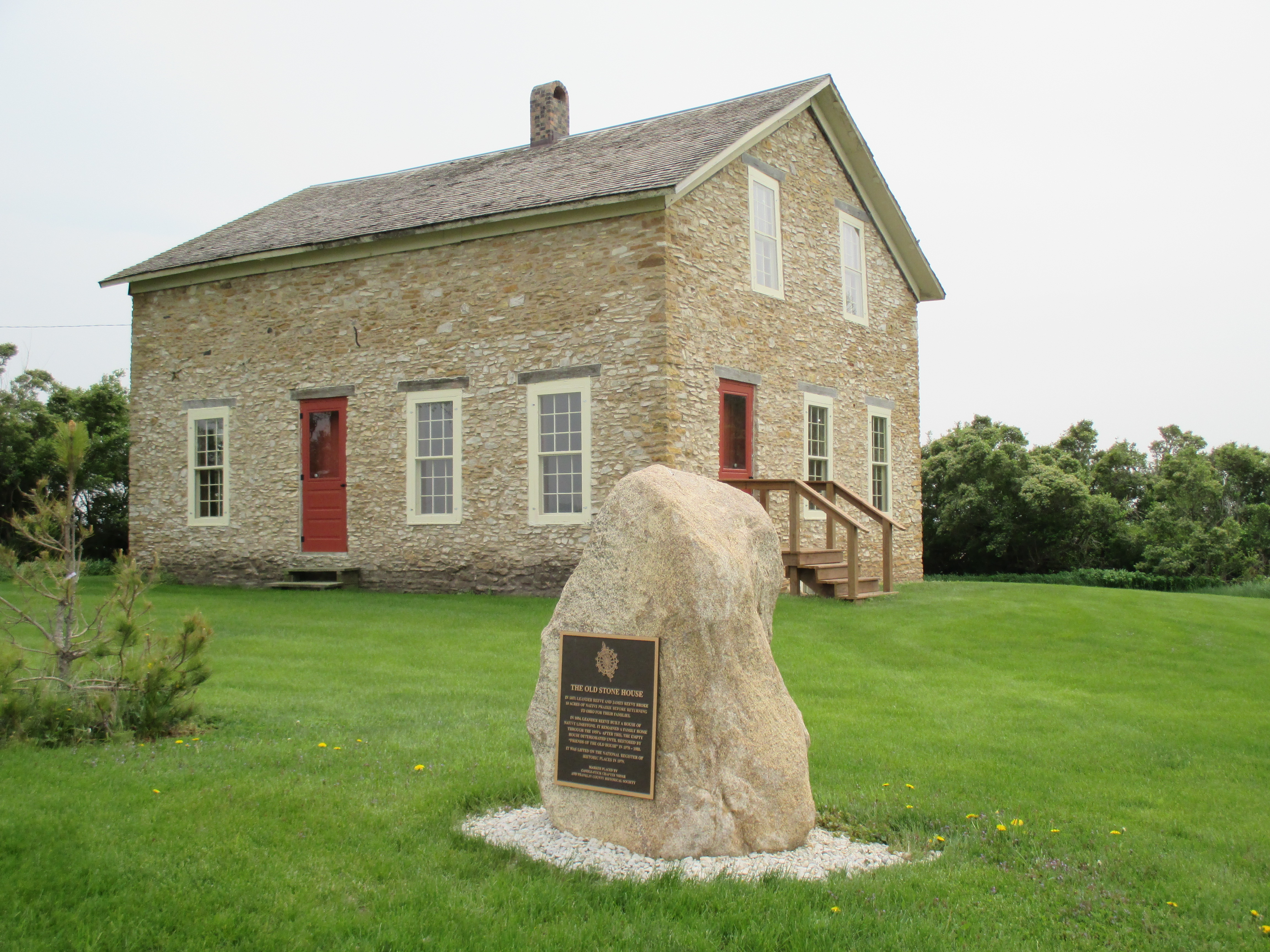
Soon many came to Maynes Grove, the first settlement of Franklin County. They conducted church services in cabins, had the first court house in James Reeve's cabin and a sixteen-year-old girl, Octavia Smith, taught the first class of children in the county. Except for the Mesquakies at Tama, very few Indians or buffalo were seen in Iowa after 1854.
Leander brought his family here in 1854 but his wife could never like Iowa, she longed for more civilized life in Ohio. So they went back for good three years later. Leander's wife apparently had household help as Marion Boots of Dumont says her grandmother walked from Four Mile Grove to work in the Reeve home.
Simeon Carter bought the house and farm from the Reeves. In 1859, four years after the Stone House was built, D. W. Dow, a young lawyer, came to Hampton, which had acquired 75 residents, 20-25 homes and several businesses. He set up a law office in Hampton House but had only one client that summer, who paid him in watermelons. So he had to carpenter and then taught school in the Maynes Grove settlement. Here he met Simeon Carter's daughter and they were married in the Stone House. Her wedding dress is in the Franklin County Museum. They were the third residents in the house, followed by about 13 more families. The list is on the north wall of the house.
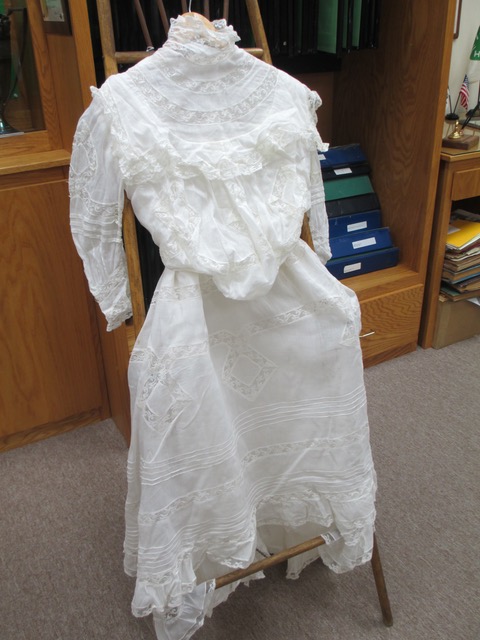
The floor plan has never been altered. There was never electricity until the restoration committee had plug-ins installed. This committee began to restore the house in 1979, just as it was beginning to fall. None of the house's contents were ever owned by those who occupied it.
In June 1993 Franklin Countians enjoyed some old fashioned fun at an ice cream social, which was used to raise funds for new shingles on the house
Partial story from July 9, 1981 Hampton Chronicle Newspaper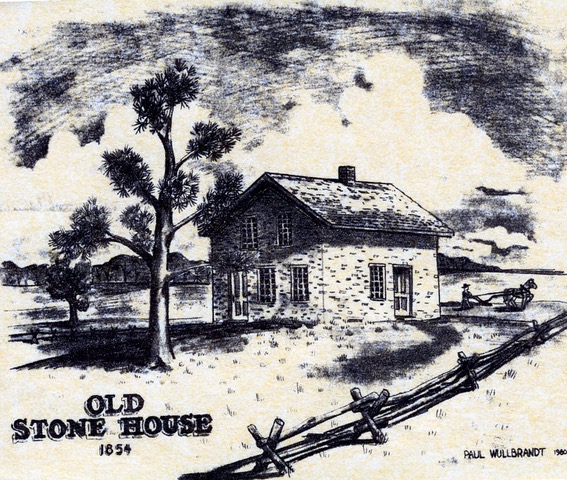
"Restoration of the Old Stone House is planned to take place in seven phases. Stabilization of the house, the first phase, was completed in 1980. The southeast corner of the house, which had completely fallen down, was reconstructed, tie rods installed between the first and second floors, the south wall pulled back into line, the entire house was tuck pointed and the outside basement entry rebuilt. 0. J. Stackhouse, Geneva, gave his time and labor to take down the central chimney, which was pulling the second floor and roof downward. He jacked up the first floor, bringing it back into place."
"The second phase of restoration, planned for 1981, calls for stabilizing the roof, refurbishing and rebuilding the three existing outside doors, frames and jams and installing locks and installing eight new windows, casing, lifts and locks. If volunteer labor can be found the estimated cost is $2,581."
"Six of the swiftest and most daring riders in Franklin County have volunteered to undertake the first pony express mail delivery from the Old Stone House to the Hampton Post Office. Mail pickup is at 4 p.m. Old Stone House and Maysville stationery will be sold at the picnic or personal stationery may be used."
In 1980 a contract was entered into with Jackson Tuckpointing Inc., Dubuque for $ I4,160 project on the Old Stone House.
The floor plan has never been altered. There was never electricity until the restoration committee had plug-ins installed. This committee began to restore the house in 1979, just as it was beginning to collapse.
 |
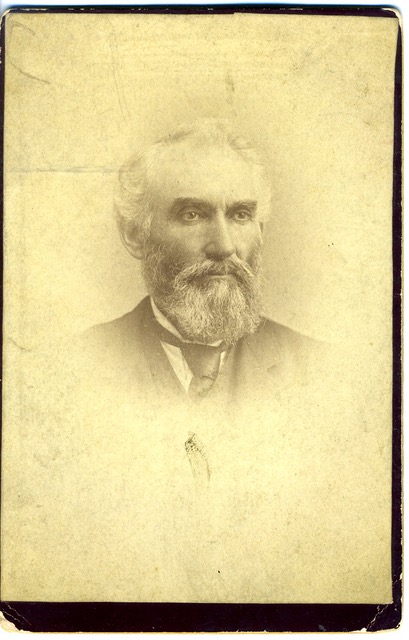 |
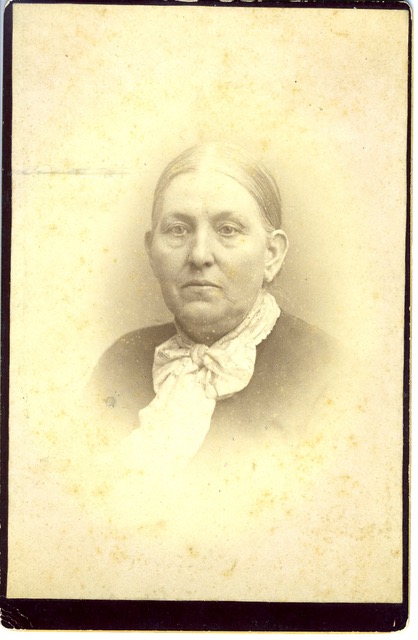 |
A Young Leander Reeve Leander Reeve in his older years. Age not known. Harriet Reeve Photo